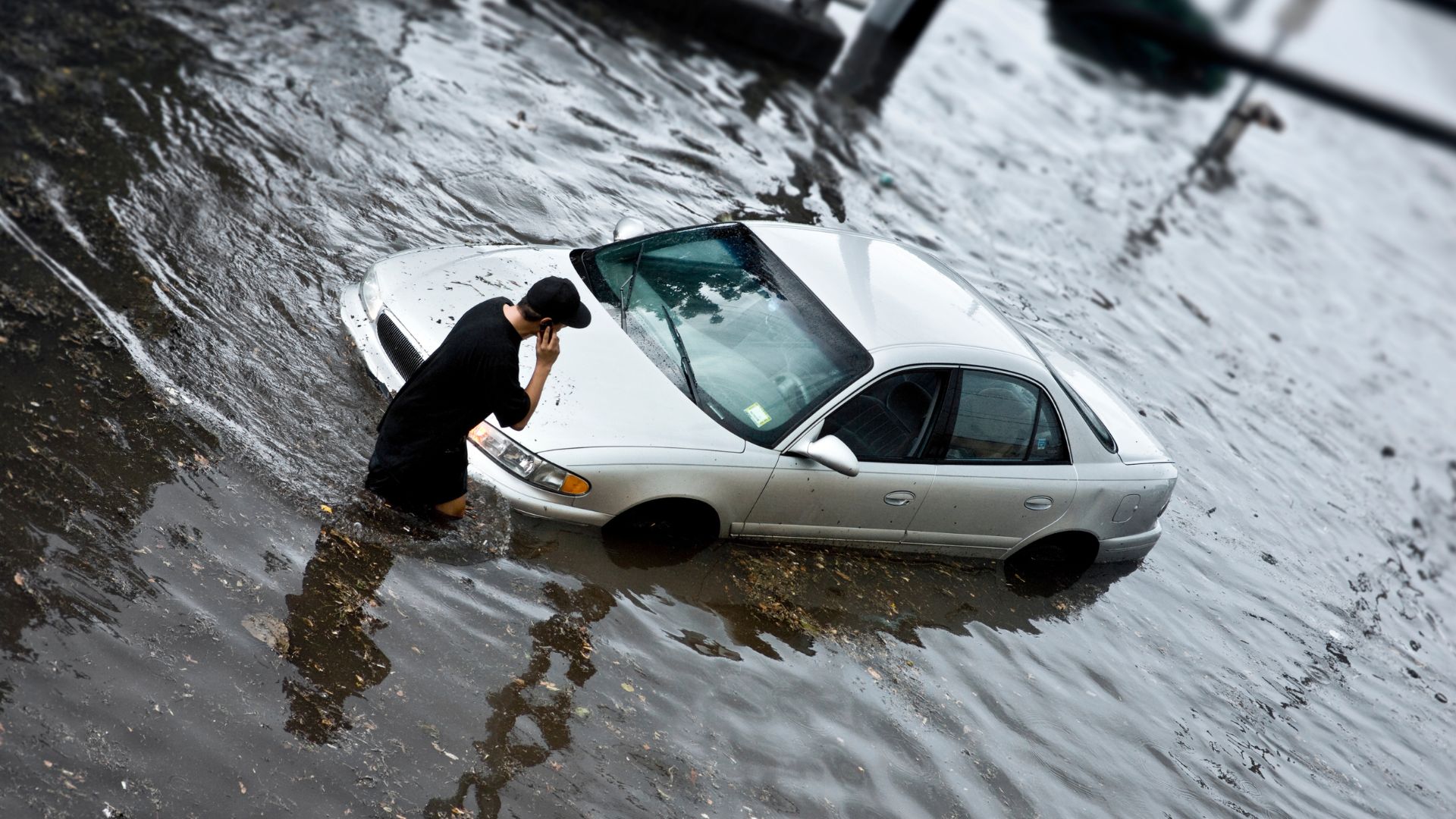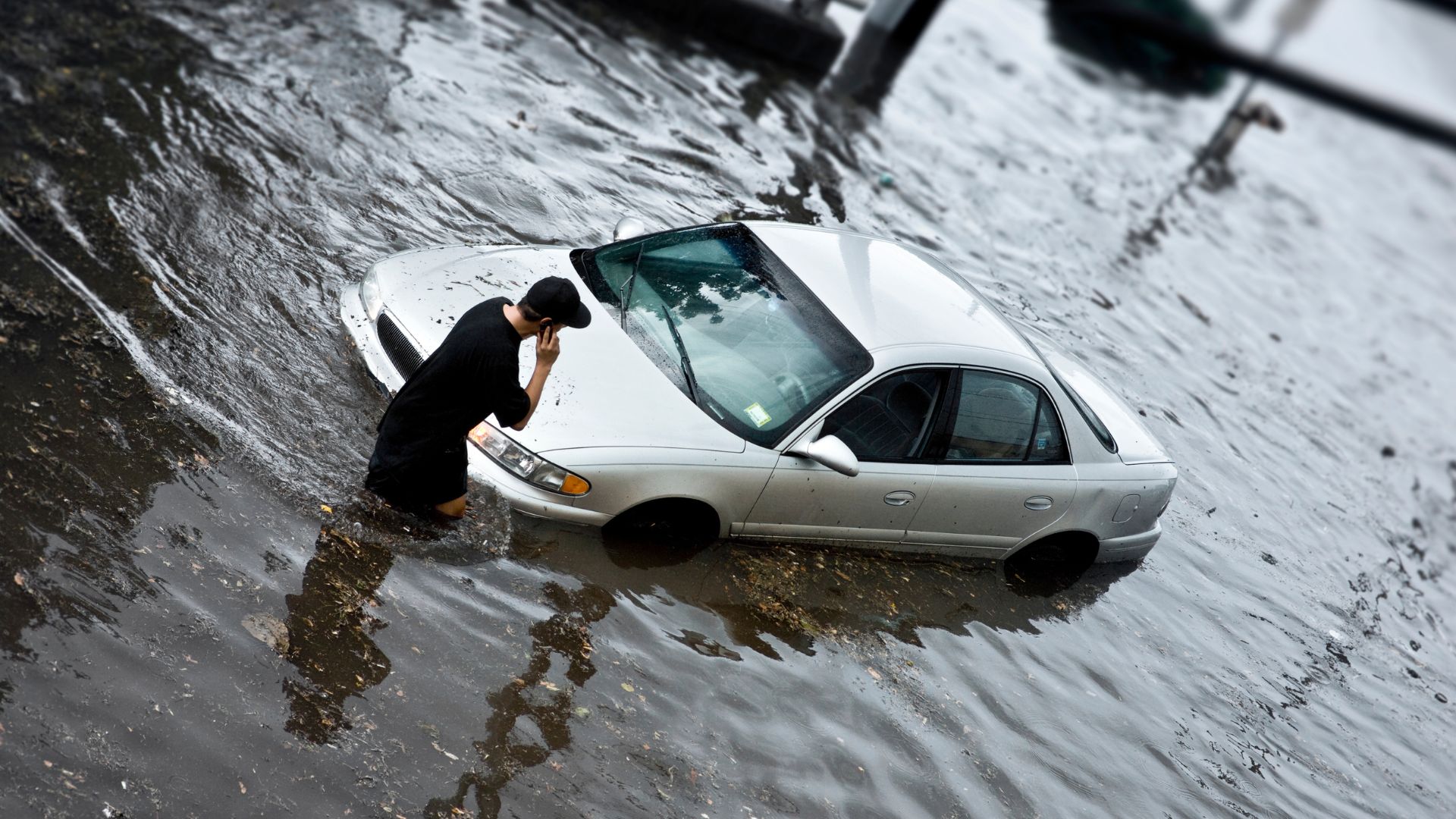Topic
This guide empowers drivers to compare auto insurance flood coverage, understand essential policy details, and identify reliable providers tailored to local flood risks.

Topic
This guide empowers drivers to compare auto insurance flood coverage, understand essential policy details, and identify reliable providers tailored to local flood risks.

Vehicles in St. Thomas face significant flood exposure during hurricane and tropical storm seasons, making it critical to compare auto insurance flood coverage before selecting a policy. This guide empowers drivers to compare auto insurance flood coverage, understand essential policy details, and identify reliable providers tailored to local flood risks. We will explore why flood coverage matters, define its components and exclusions, outline key comparison factors, highlight reputable carriers, and share practical tips to protect vehicles from flood damage.
Flood coverage safeguards vehicle owners against water-related losses that standard plans often exclude, and it is vital in regions prone to storm surges and heavy rainfall. By securing dedicated flood protection, drivers can avoid steep repair bills and total-loss scenarios when floodwaters breach engine compartments or interiors, enhancing financial security and peace of mind.
St. Thomas experiences multiple flood hazards each year—from coastal storm surge to flash flooding in inland valleys.
Coastal regions, such as St. Thomas, are particularly vulnerable to flooding due to storm surges and heavy rainfall, which can lead to significant damage to vehicles. These events can cause engine hydrolock, electrical shorts, and interior mold, resulting in costly repairs.
Federal Emergency Management Agency (FEMA), "FloodSmart"
This source provides context on the specific flood risks faced by vehicles in coastal areas, which is essential for understanding the need for flood coverage.
Understanding these hazards clarifies why tailored flood coverage is a non-negotiable safeguard for local drivers.
Flood damage often results in engine failure, electrical system shorts, and interior mold, driving repair costs beyond standard deductibles.
Estimating these expenses underscores the importance of comprehensive flood protection.
No, flood coverage is not included in basic liability or collision plans; it requires comprehensive coverage.
Identifying this gap helps drivers determine which policy enhancements they need.

Auto insurance flood coverage typically reimburses policyholders for physical damage caused by rising water, heavy rains, and storm surge under the comprehensive portion of a car insurance policy. This protection works by having the insurer repair or replace damaged components, helping owners avoid large out-of-pocket expenses when floodwater invades critical systems.
Comprehensive coverage extends beyond collisions to cover non-impact perils such as falling objects, vandalism, and floodwater intrusion. When a covered flood event occurs, the insurer evaluates the loss, authorizes repairs or replacement of damaged parts, and limits the insured’s out-of-pocket cost to the selected deductible. This mechanism ensures rapid restoration and financial relief.
Comprehensive flood coverage applies to multiple vehicle systems:
These categories reflect the breadth of physical damage floodwater can inflict on vehicles.
Flood coverage typically does not apply to pre-existing damage, mechanical wear, or negligence.
Comprehensive auto insurance coverage is crucial for protecting against flood damage, as standard policies often exclude water-related losses. However, it's important to be aware of common exclusions, such as pre-existing damage and negligence, to ensure proper protection.
Insurance Information Institute, "Understanding Your Auto Insurance" (2024)
This citation clarifies the importance of comprehensive coverage and highlights the exclusions that drivers should be aware of when considering flood insurance.
Knowing these exclusions helps drivers avoid claim denials and select supplemental endorsements if needed.

Comparing flood coverage policies requires evaluating deductible levels, coverage limits, and valuation methods side by side. A structured comparison ensures drivers choose a plan that balances premium cost with the breadth of protection and supports local flood-risk mitigation strategies.
When evaluating flood coverage endorsements, focus on:
These factors directly influence policy affordability and effectiveness.
Ensure clarity by asking providers:
These inquiries reveal critical policy details and prevent unexpected gaps.
Providers vary in endorsement structure, limit options, and claims responsiveness.
| Insurance Company | Flood Endorsement | Claim Response Time |
|---|---|---|
| Local Carrier 1 | Optional comprehensive add-on | 48 hours |
| Local Carrier 2 | Standard in premium package | 72 hours |
| Local Carrier 3 | Available with a higher policy limit | 24 hours |
This comparison highlights how endorsement availability and service speed differ among local carriers.
Reliable flood coverage is available through local independent agents, national insurers with USVI presence, and specialized comparison services that aggregate multiple quotes. Leveraging these sources ensures access to tailored flood protection aligned with island-specific risk factors.
Drivers can explore three main provider categories:
Each category delivers different benefits in terms of scale, local expertise, and convenience.
Local carriers incorporate FEMA flood maps and historical event data into risk-based premium rating, offer surge-proof emergency towing, and maintain dedicated adjusters familiar with island infrastructure. These tailored services reduce settlement delays and improve recovery efforts.
While USVI law mandates liability and collision coverage, flood protection is optional by statute. However, lenders often require comprehensive coverage—including flood endorsement—to secure vehicle loans, ensuring both compliance and enhanced asset protection.
Proactive measures such as elevated parking, routine inspections and emergency preparedness kits can significantly reduce flood exposure. Combining proper coverage with preventive steps minimizes downtime and claim costs.
Vehicle owners should:
These steps strengthen readiness and complement your flood coverage.
After a flood event, promptly:
Rapid action preserves evidence and speeds claim processing.
By selecting the right endorsement, drivers reduce out-of-pocket expenses, avoid coverage surprises, and expedite repairs through pre-approved vendor networks. This strategic approach enhances financial resilience and ensures smoother post-flood recovery.
Securing the optimal flood coverage for vehicles in St. Thomas involves understanding risks, comparing key policy features, and choosing a provider that combines local expertise with reliable claims service. To begin comparing flood coverage options and learn why drivers trust our comparison platform, explore Why Choose Us.
Latest
Our insurance company in St. Thomas takes pleasure in answering any inquiry you have about your business and personal insurance and your financial affairs.




.png)
.png)








.png)







Since 1914, Reith & Associates has served St. Thomas and the surrounding communities as a marketplace where trusted advisors craft affordable solutions that protect the people and property that matter most to you. Passionate and dedicated to our family tradition of providing an exceptional client experience.


.png)
.png)

